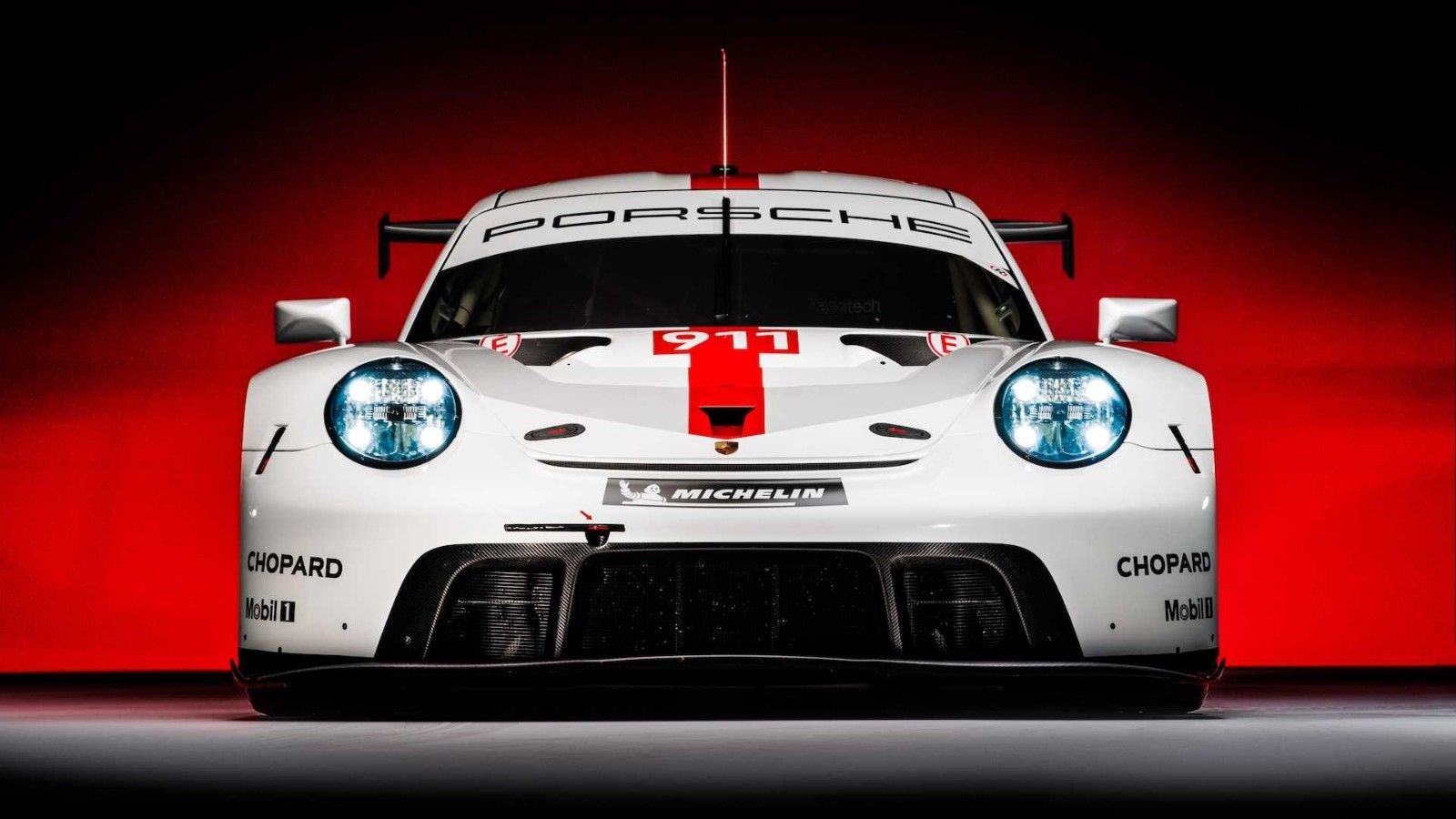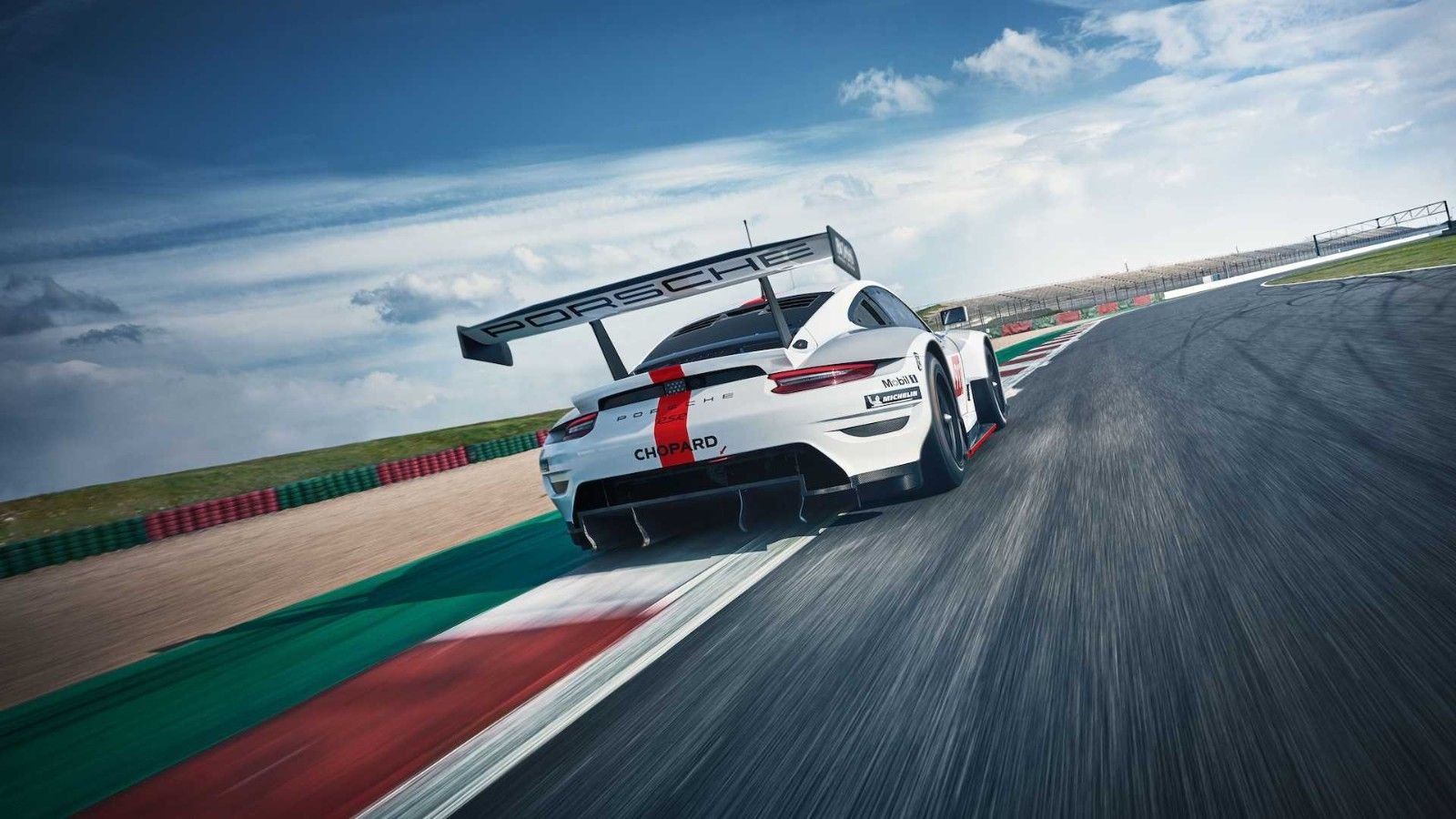This is Porsche's Latest Mid-Engined 911 RSR
Bigger flat-six and crazier aero for Porsche's mid-engined 911
















Wear the 911 badge - with intent
The GT2 RS might be Porsche's most powerful 911 road car, but for absolute overkill: nothing touches this. Porsche's 2020 model year RSR is the baddest 911 of them all and if you are planning to race your 911-shaped Porsche, this is the one to do that in.
The mid-engined 911
The most track-focused version of Porsche's 991.2 series cars, the RSR is a bit different to all other 911s. And we don't mean that outrageous rear wing. Or the massive diffuser. No, what makes the RSR is notably different from other 911s, is that its engine is not in the back, but in the middle...
>>Join the conversation about the 2020 911 RSR here on Rennlist.
Making a mid-engined Porsche breathe properly
This image of the 911 RSR's ventilation duct, shaped into the rear wheel arch, gives you an idea that its configuration is slightly unusual. With the rear-engined 911 ranking as the most successful competition car of all time, why did Porsche decided to evolve the RSR into a mid-engined 911? The answer is simple: optimized weight distribution.
>>Join the conversation about the 2020 911 RSR here on Rennlist.
Accelerating the air that flows beneath
Porsche say the latest 911 RSR is 95% new, with very little carried over from the previous car. One of the most striking new design elements, which has crucial downforce functionality, is that outlandishly sized trailing diffuser. Without an engine in the back, Porsche's engineers had room to really upgrade the 911 RSR's aft aero efficiency.
>>Join the conversation about the 2020 911 RSR here on Rennlist.
No Smartphone pairing option here
Like any true race car, the 911 RSR's cabin is form over function. The steering wheel is technically only two side grips, with a host of vehicle functions and adjustment dials fixed to its boss. Retaining some remnant of the traditional is a Stuttgart crest, in the middle of the steering wheel's vehicle adjustment dials and knobs.
>>Join the conversation about the 2020 911 RSR here on Rennlist.
Brakes that keep going
One element carried over from the 2016 911 RSR to the 2020 model year car, is its brakes. The steel discs are internally ventilated and measure a mighty 15.3-inches across. Most 911 RSRs are purchase to be raced in endurance events like Daytona, Sebring and of course, Le Mans. When you are racing for 12- or 24-hours, brake fade is not an option.
>>Join the conversation about the 2020 911 RSR here on Rennlist.
Wing with special top-mounted fasteners
Plenty of winglets and curved surface details influence the 911 RSR's aerodynamics, but none are more dramatic than its rear wing. This image truly shows off how huge the wing is. It has a special 'swan-neck' attachment structure, borrowed from Porsche's Le Mans-winning 919 race car.
>>Join the conversation about the 2020 911 RSR here on Rennlist.
The biggest flat-six Porsche has ever built
Dramatic exterior design aside, what really makes the 911 RSR special, is that mid-mounted engine. It displaces 4.2-liters, which is slightly larger than any flat-six found in Porsche's series production cars, by about 200cc. Depending on the formula you are racing in, and the air restrictors employed, the 2020 911 RSR can make up to 515hp.
>>Join the conversation about the 2020 911 RSR here on Rennlist.
For help with your maintenance or repair projects, please visit our how-to section in the forum.
